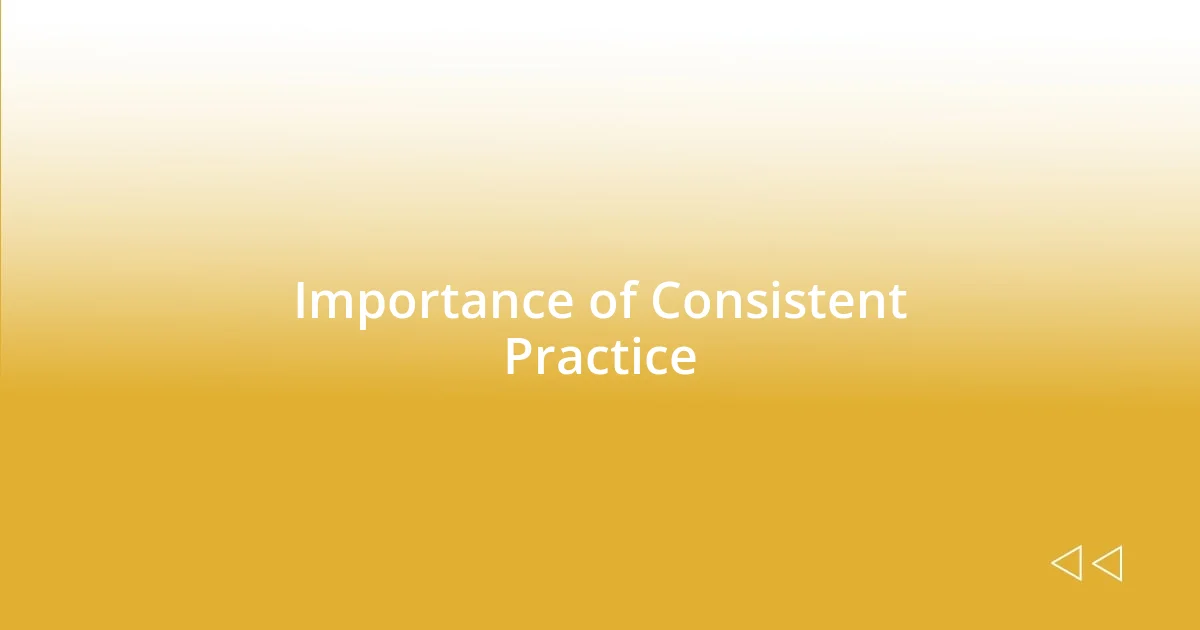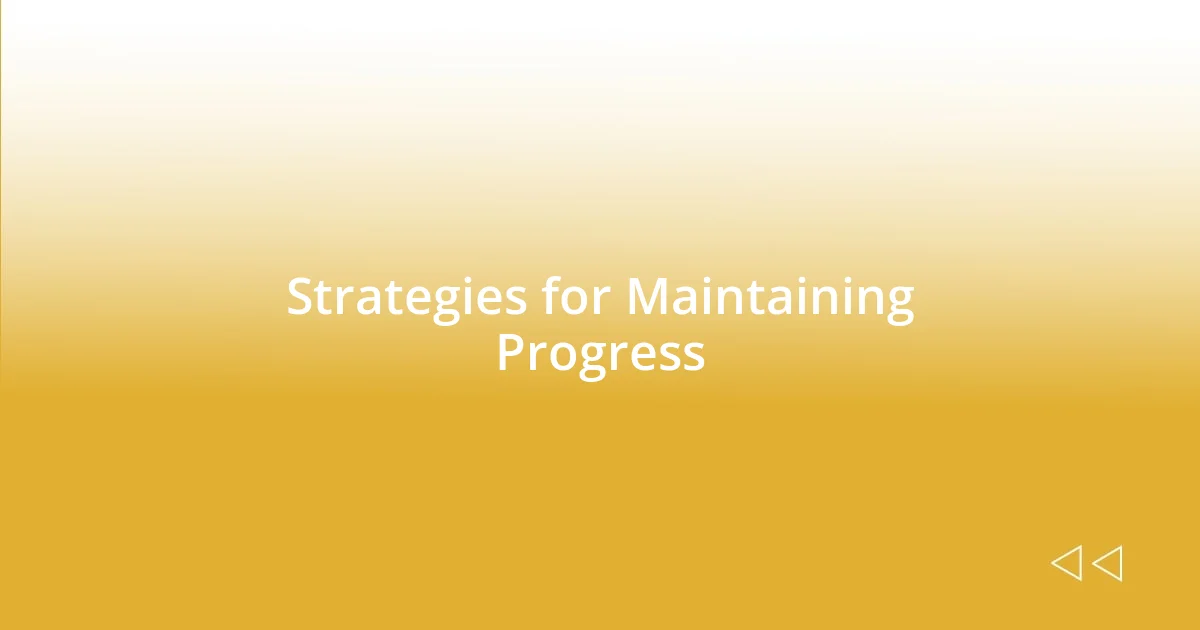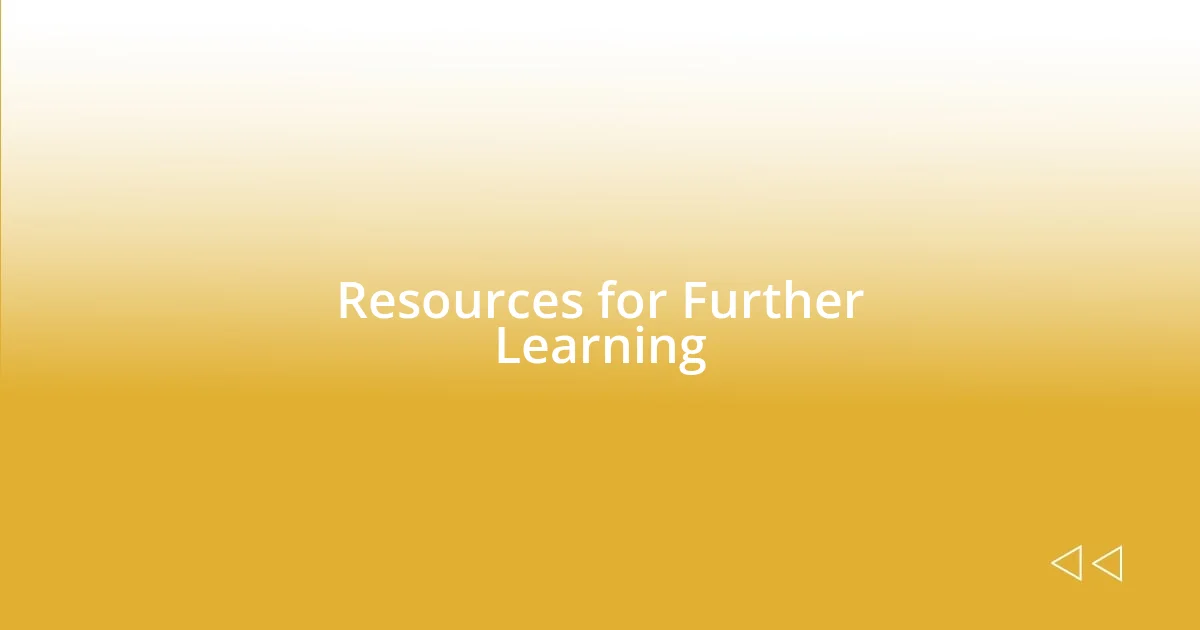Key takeaways:
- Intonation significantly influences emotional communication, with pitch changes conveying different messages across cultures.
- Consistent practice through exercises, feedback, and self-assessment enhances intonation skills, boosting confidence and emotional expression.
- Utilizing technology like voice modulation apps and online communities can provide valuable insights and support in improving vocal delivery.

Understanding Intonation Basics
Intonation is the musical aspect of speech that conveys emotion and intent. I remember the first time I realized how powerful pitch could be – I was having a conversation with a friend about a difficult topic, and I noticed how her rising inflection made everything more hopeful, while a drop in her voice seemed to express sadness. Have you ever considered how a simple change in pitch could completely alter the message you’re sending?
Understanding the basics of intonation is fundamental to effective communication. It involves not just the rise and fall of your voice, but also how it can express questions, commands, or emotions without needing any extra words. In my experience, when I focus on my intonation while speaking, I feel more connected with my audience, almost like we’re sharing a silent understanding.
Another concept to grasp is that intonation can vary significantly across languages and cultures. I once attended a multicultural workshop where participants showcased their intonational differences, and it was fascinating to see how a statement could come across as a question in one language because of the pitch shift. Have you ever noticed something similar in your interactions? Understanding this can deepen your insight into not just what is being said, but how it’s being felt.

Importance of Consistent Practice
Consistent practice is crucial for mastering intonation. I vividly remember how, during my early days of speaking in public, I often struggled to connect emotionally with my audience. It wasn’t until I dedicated time each day to vocal exercises—often in front of a mirror—that I began to notice a transformation in my delivery. That repetition helped me internalize how pitch variations could evoke different feelings.
Here’s why consistent practice is so important:
- Muscle Memory: Regular practice strengthens the vocal cords and helps your body remember the right pitches and patterns.
- Confidence Building: The more you practice, the more confident you become in using your voice effectively.
- Emotional Nuance: Consistent work allows you to experiment with various intonation patterns, letting you discover how to express different emotions accurately.
- Feedback Loop: Practicing frequently gives you the chance to receive and reflect on feedback, enhancing your skills over time.
- Adaptability: By regularly using different intonation styles, you become more flexible in communicating across various contexts and audiences.

Techniques for Improving Intonation
Improving your intonation can be a transformative journey. Personally, I found that listening to skilled speakers really sharpened my awareness of tone. I would often play recordings of TED Talks, mimicking the speakers to capture their intonational variations. This practice not only honed my pitch control but also provided a practical example of how intonation can beautifully enhance storytelling. Have you ever noticed how a well-placed rise or fall in pitch can keep you riveted to a speaker’s words?
Another technique that’s made a significant difference for me is the use of visualization. When I’m preparing to speak, I picture the emotional arc of my message as a wave. This visualization encourages me to ride those waves with my voice, emphasizing key points with a crescendo and softening my tone at emotional moments. This practice has helped me to create a more compelling delivery. It’s fascinating how visualizing pitch changes can influence the way I feel about what I’m saying. What about you? Have you explored any unique methods for visualizing your delivery?
Lastly, utilizing recordings of my own practice sessions has proven invaluable. Listening back allows me to recognize patterns in my intonation that I may not notice in the moment. During one extensive review, I caught myself monotonously delivering a critical message in a such a dull tone that the importance was lost. This awareness prompted me to adjust my voice dynamically, ensuring I maintained engagement. How often do you think self-assessment can lead to breakthroughs in your vocal delivery?
| Technique | Benefits |
|---|---|
| Mimicking Skilled Speakers | Sharpens awareness of tone and inflection |
| Visualization of Emotional Arcs | Creates a dynamic delivery and enhances emotional connection |
| Recording and Reviewing Practice | Identifies patterns and areas for improvement |

Using Technology for Intonation
Using technology has completely revolutionized how I approach intonation. A few years ago, I stumbled upon a voice modulation app that analyzes pitch accuracy in real-time. I was amazed at how much feedback I got instantly, helping me pinpoint specific areas where my intonation could improve. It felt like having a personal coach right in my pocket, guiding my practice sessions.
Recently, I’ve started incorporating video calls as an unconventional training tool. Engaging with others through platforms like Zoom allows me to observe my facial expressions and vocal delivery simultaneously. After one session, I realized how much my intonation fluctuated based on my audience’s reactions. It’s a fascinating interactive experience—have you ever considered how your actual performance changes when you see listening faces in front of you?
Furthermore, I often utilize speech recognition software that transcribes my practice sessions. Not only does it help identify mispronounced words, but it also highlights repeated phrases with flat intonation. There’s a certain thrill in discovering how specific words can blend into the background noise of my delivery. It sparks curiosity—how can I elevate those key moments?

Feedback and Self-Assessment Methods
Feedback is crucial in my journey of mastering intonation. One method I absolutely love is requesting feedback from trusted friends after practice sessions. They often catch nuances in my delivery that I completely overlooked. For instance, during a recent presentation, a friend pointed out that my tone dropped unexpectedly at a key moment, which dulled the impact of my message. Isn’t it interesting how others can perceive our communication in ways we can’t?
Self-assessment also plays a vital role in my growth. I’ve found that jotting down my thoughts immediately after delivering a speech helps me assess my intonation effectively. Recently, I wrote about a storytelling event where I realized I underutilized my range. That reflection led me to consciously incorporate more variation in my voice across future presentations. How has writing about your experiences impacted your ability to improve? For me, it’s like holding a mirror to my delivery style, helping me see areas where I can shine brighter.
Moreover, engaging in group workshops has been an enlightening experience. The collective feedback from peers gives me varied perspectives on my intonation. I remember one workshop where we analyzed each other’s speeches, and the constructive criticism was eye-opening. I had not recognized how my nervousness translated into a monotone delivery. How often do we dismiss our own growth opportunities in group settings? Embracing this feedback loop has profoundly shaped my intonational awareness and enhanced my overall communication prowess.

Strategies for Maintaining Progress
Creating a structured practice routine has been a game-changer for me in maintaining progress with my intonation. I set aside specific days dedicated to exploring different vocal exercises, such as pitch slides and dynamic reading. It’s incredible how just allocating 15 minutes a day to this routine can lead to noticeable improvements—almost like nurturing a plant with regular watering. Don’t you think consistency is more powerful than any magical fix?
Additionally, I love incorporating role-playing into my practice sessions. When I pretend to be different characters while reading aloud, I notice how my vocal delivery shifts naturally. For example, while embodying a passionate storyteller, my intonation becomes more animated and engaging. This playful approach encourages me to experiment and helps me discover the nuances of vocal variety. Have you tried stepping into someone else’s shoes during your practice? It can really open up a world of possibilities.
Lastly, I embrace the art of recording my sessions, which offers a reflective lens into my progress. Listening back to recordings allows me to celebrate the moments where my intonation shines but also confront the areas where I can improve. I often find myself cringing at certain parts, yet that discomfort is a catalyst for growth. That’s why I keep reminding myself: every session is a chapter in my intonation journey—what should I keep, and what needs a little rewrite?

Resources for Further Learning
To expand your learning in intonation, I highly recommend tuned resources like voice training courses or online platforms. I recently enrolled in a program focusing on vocal dynamics, and the structured lessons transformed my understanding of pitch and rhythm. Have you ever jumped into a course and felt the difference instantly? It’s a great way to deepen your skills while holding yourself accountable to a schedule.
Books also serve as invaluable tools for understanding intonation better. One book that left a mark on my journey was “The Voice Book” by Kate Peters and Joanna Cazden. It’s packed with exercises that target specific intonational challenges. I vividly recall the exercise on breath control that made me feel like I was unlocking a hidden superpower in my voice! So, what’s holding you back from picking up a new resource?
Finally, don’t underestimate the power of online communities and forums. I often browse platforms like Reddit and specialized Facebook groups where enthusiasts share tips and experiences. Once, I posted a voice clip seeking advice, and the feedback I received was incredibly insightful. Engaging with others fosters a sense of belonging and motivation. Isn’t it reassuring to know that there’s a whole world of learners out there, just like you?















